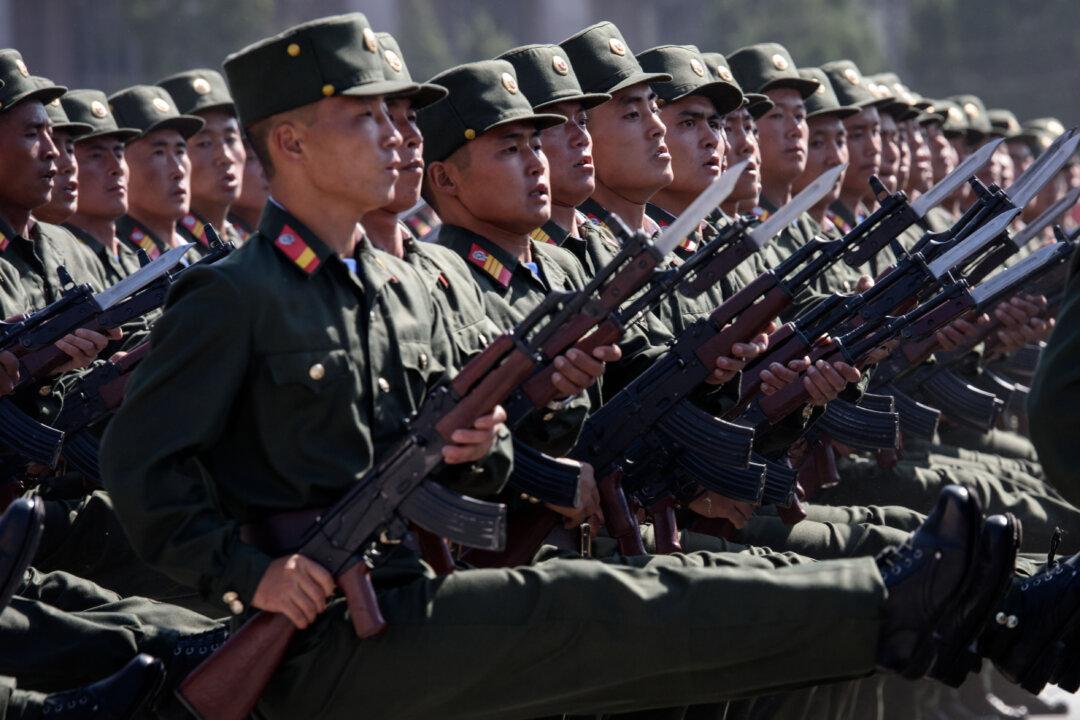The Royal Thai Air Force (RTAF) is looking for a new type of fighter aircraft to replace its aging F-5 and F-16 fighter aircraft.
The RTAF is considering acquiring eight U.S.-made F-35 stealth fighters to reinforce its national defense, said Napadej Dhupatemiya, commander-in-chief of the RTAF. The air force needs a new combat fleet because aging F-5 and F-16 aircraft have been in service for more than 30 years. As the aircraft age, maintenance costs and safety risks are likely to increase.
He revealed that the Lockheed Martin F-35 fighter is an attractive option, with the cost of each aircraft now down to $82 million, down from $142 million when the model was first introduced.
The RTAF currently has a fleet of 12 Swedish Saab Gripen fighter aircraft. With a price of $85 million for new Gripen aircraft, Napadege believes Lockheed Martin’s fighter aircraft are not out of reach. He said that depending on the status of negotiations, the price of the F-35 could be reduced to the level of $70 million per aircraft. The budget planning for the F-35 procurement program will start in fiscal year 2023, which begins in October this year.
Napadege stressed that given the technical advantages of the F-35 jet, it will suit the country’s need to strengthen its airpower, which is an essential part of modern warfare. Due to financial constraints caused by the COVID-19 pandemic, the RTAF plans to purchase aircraft in several phases. Hence he said that a team will be formed to examine the aircraft acquisition program to justify the air force’s funding request.
The RTAF is also interested in projects namely the Loyal Wingman unmanned aerial vehicle (UAV) program jointly developed by the Australian Air Force and Boeing. Napadje believes that the RTAF does not necessarily need to acquire an entire fleet of F-35 fighters. They may only need to equip eight to 12 F-35 fighters and have the F-35s fly with the Loyal Wingman UAV.
The RTAF will submit a motion to the prime minister and defense minister and, if approved, will take action to upgrade and strengthen its air power. According to the RTAF’s plan, the new jet fighters will be deployed at the 1st Air Wing on Nakhon Ratchasima.
The F-35 Joint Strike Fighter represents advanced stealth aircraft technology from the United States. Its robust electronic warfare suite allows for seamless interoperability between alliance users.
The F-35 Joint Strike Fighter has been ordered by four U.S. allies in the region, including Singapore, Japan, Australia, and South Korea. Singapore selected the F-35 to replace its F-16C/D fleet after a rigorous vetting process.
The U.S. Department of State approved Singapore’s request for 12 F-35Bs in January 2020, of which four have been confirmed. Singapore’s Ministry of Defense previously said in a statement that the purchase of the F-35s is for its own defense and not against any one country or alliance with it. Unlike other Asian countries that have purchased F-35 fighters, Singapore is not a treaty ally of the United States. By allowing U.S. ships and aircraft to use several of their military facilities, Singapore is fulfilling a long-standing agreement that began in 1990.
Japan first ordered 42 F-35As, later in December 2018, the Japanese government authorized an increase in the purchase to 147 aircraft, including 42 F-35B Short Take-Off and Vertical Landing (STOVL) aircraft. In July 2020, the U.S. Department of State approved Japan’s purchase of 105 F-35 Lightning II Joint Strike Fighters and associated equipment. The authorized package includes 63 F-35As, 42 F-35Bs, and 110 Pratt & Whitney F135 engines.
In 2014, South Korea signed a $6.4 billion contract with the United States for 40 F-35A fighter jets for its air force. The country’s weapons procurement office revealed in 2019 that South Korea has launched the second phase of its stealth fighter jets acquisition program for an additional 20 F-35s.
Australia’s procurement program for 72 F-35A fighter jets is also underway, with 40 aircraft already delivered and the rest due to arrive by the end of 2023. The new aircraft will replace its aging F/A-18A/B Hornet fighters.
In the face of the Chinese Communist Party’s threat to the Indo-Pacific region, countries are seeking greater capabilities to defend their territorial claims.





